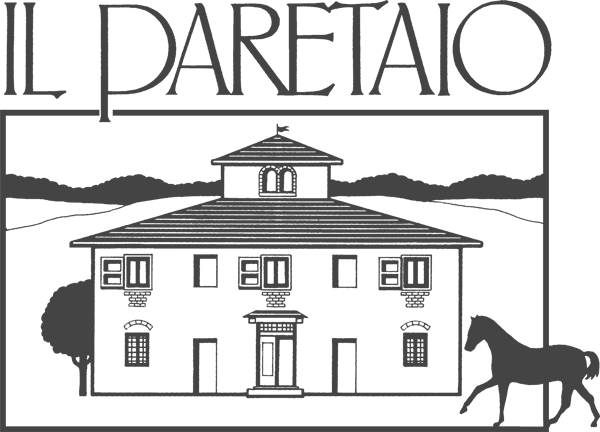How Horses' muscular systems function. It frequently surprises me how little most equestrians seem to know about how their horses' muscular systems function. Too few riders seem able to distinguish the croup from the trapezius or the serratus from the quadriceps. Many riding frustrations can be avoided and questions can be answered with a rudimentary understanding of basic anatomy and muscle function, so it is important to understand how and why the horse's body does or does not respond to what we ask of it every day. You cannot rely on what you see from the outside. Horse can continue physical activity even in the presence of muscle/body tightness and mild discomfort. In fact, to some observers, they will appear 100 percent fit. In the presence of tightness, however, as we humans know, other ailments are just around the corner. Muscle tightness leads to an entire chain reaction as the body tries to adapt. tightness in the lower back, for example, will soon evolve from localized discomfort into a notable change in a person's stride and posture.
That change in posture will create tightness elsewhere in the body , such as the hamstrings or the base of the neck. As these areas of tension spread, the overall mechanism quickly loses its optimal functioning ability and its aptitude for top performance is hindered.
Think of the horses' muscles as big elastic bands. Although a horse may appear to be moving just fine based on the outward observation of his gaits, the real story is often that those elastic bands are compromised in some way - brittle, stiff, about to break, etc. Because horses cannot speak, we must always put a great deal of thought into whether our daily activities are likely to create tightness in a specific muscle group that will rapidly translate into decreased performance and discomfort.
Just because we cannot see the tightness does not mean it isn't there! The muscle group could be malfunctioning. Any muscle that is not entirely toned, loose, and in harmony with its surrounding muscle group is working against the horse.
Extract from the book Equine fitness by Jec Aristote Ballou, Author of 101 Dressage Exercises
How Horses' muscular systems function

News
Staff Il Paretaio
2016-04-24 


